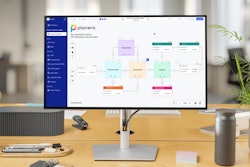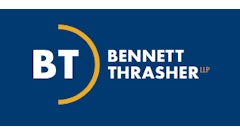
A new industry report from Bridgit reveals that 98% of construction leaders plan to increase investments in workforce planning over the next year, with nearly all turning to AI, automation and advanced analytics to navigate the construction industry’s intensifying labor crisis.
The 2025 State of Workforce Planning report surveyed hundreds of construction executives across operations, project management, human resources, and business development, uncovering the strategies they’re using to combat rising labor costs, an inability to take on new projects and employee burnout.
Key Findings:
- 93% of construction leaders report labor shortages are directly impacting operations, driving up costs, limiting project capacity and straining teams.
- Despite the high stakes, 71% of companies still rely on spreadsheets and even whiteboards to manage workforce planning.
- Nearly all respondents — 99% — plan to integrate AI, automation, and forecasting tools into their workforce strategies in the next 12 months, with more than 75% budgeting over $100,000 for these upgrades.
Key Challenges Identified by Leaders:
- Improving training programs (35%)
- Increasing employee engagement (30%)
- Maximizing utilization and identifying skills gaps (28%, 26%)
- Forecasting workforce needs (25%)
What’s Missing in Current Tools?
Leaders say they urgently need:
- Automation and AI features (46%) to anticipate labor needs and optimize teams
- Forecasting and analytics (43%) to make informed, proactive decisions
- Integration capabilities (43%) to connect workforce data with CRM, HR, Project Management, and ERP systems
The Bottom Line
Construction companies that align workforce data, such as build-type experience, past client relationships, and market-sector expertise, are achieving better project outcomes. In fact, 73% of survey respondents believe the collective experience of a project team is very significant in creating successful project outcomes. Improved retention and a stronger competitive edge were also cited. Strategic workforce planning is no longer a ‘nice-to-have’; it’s essential for future growth.

















